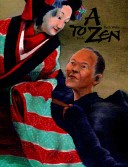
This book introduces Japanese words from A to Z. Book is designed to be read from back to front and from right to left.

This book introduces Japanese words from A to Z. Book is designed to be read from back to front and from right to left.
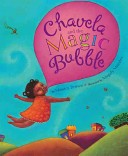
Chavela loves chomping chicle—chewing gum. And she loves blowing bubbles even more. One day, while out with her abuelita, she finds a mysterious kind of gum she’s never seen before. She pops it in her mouth and blows a giant bubble that lifts her up into the air! It carries her on a journey more magical than any she could ever imagine. Luscious, candy-colored paintings illustrate this fantastical story with an ecological twist. An afterword provides information on natural chewing gum, the rainforest, and sustainable farming, as well as music to a traditional Latin American folksong.
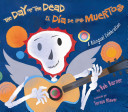
Follow two children as they celebrate their ancestors on this vibrant holiday. They offer marigolds, sugar skulls, and special bread, and make delicious foods. By spreading marigold petals, they guide the dead home to join the festivities. Finally, after singing and dancing, it’s time for bed. Bob Barner’s luscious collages incorporate the traditional symbols of Day of the Dead. His poetic text is both English and Spanish. An author’s note provides additional information on the holiday.
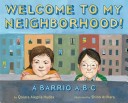
A young girl takes a walk through her urban neighborhood, observing items representing every letter of the alphabet, from her abuela to loud, zooming cars.
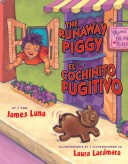
The sun shines through the windows of Martha’s Panadería onto the shelves of freshly baked Mexican treats. In the classic tradition of The Gingerbread Man, James Luna’s piggy cookie leaps off the baking tray and takes the reader on a mad dash through the barrio. Each person the piggy encounters is greeted by his laugh and the repeated refrain: “Chase me! Chase me down the street! But this is one piggy you wonzt get to eat! I ran away from the others and I’ll run away from you!” The cochinito fugitivo avoids being eaten by the long line of people chasing him through the neighborhood streets, until he meets a crafty little girl named Rosa! A retelling of a familiar story set in a colorful Latinx neighborhood.
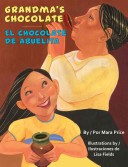
Abuela’s visits from Mexico are always full of excitement for young Sabrina. She can’t wait to see what’s in her grandmother’s yellow suitcase covered in stickers from all the places she has visited. Opening it is like opening a treasure chest, and this year is no different. With her grandmother’s help, Sabrina learns all about the cacao tree, which was first cultivated by Mexico’s Indigenous tribes. Today, seeds from the cacao tree give us chocolate, but years ago the seeds were so valuable they were used as money. This charming bilingual picture book that depicts a loving relationship between grandmother and granddaughter and shares the history and customs of the native peoples, Mayan and Aztec, of Mexico.
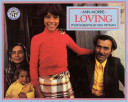
Provides examples of the different ways in which love can be expressed, with an emphasis on the relationship between parent and child.
Human and animal families care for their young in similar ways. They go on walks, share food, go swimming, cuddle, and of course, give plenty of hugs and kisses. Explore the charming similarities between animals and humans in this fun photographic book about families. Vibrant photographs of babies and the families that love them make this delightful book perfect for families everywhere! (Part of the Babies Everywhere[[ Board Book Series)
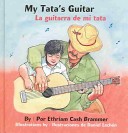
While sharing stories of their Mexican-American family’s past, a father gives his young son the guitar he received from his own father.

As they prepare to make the traditional, pillowy bread called sopaipilla, Christina’s grandmother tells about the time her great-grandfather, aided by a scarecrow, brought an end to a drought and, in the process, helped make the first sopaipilla.